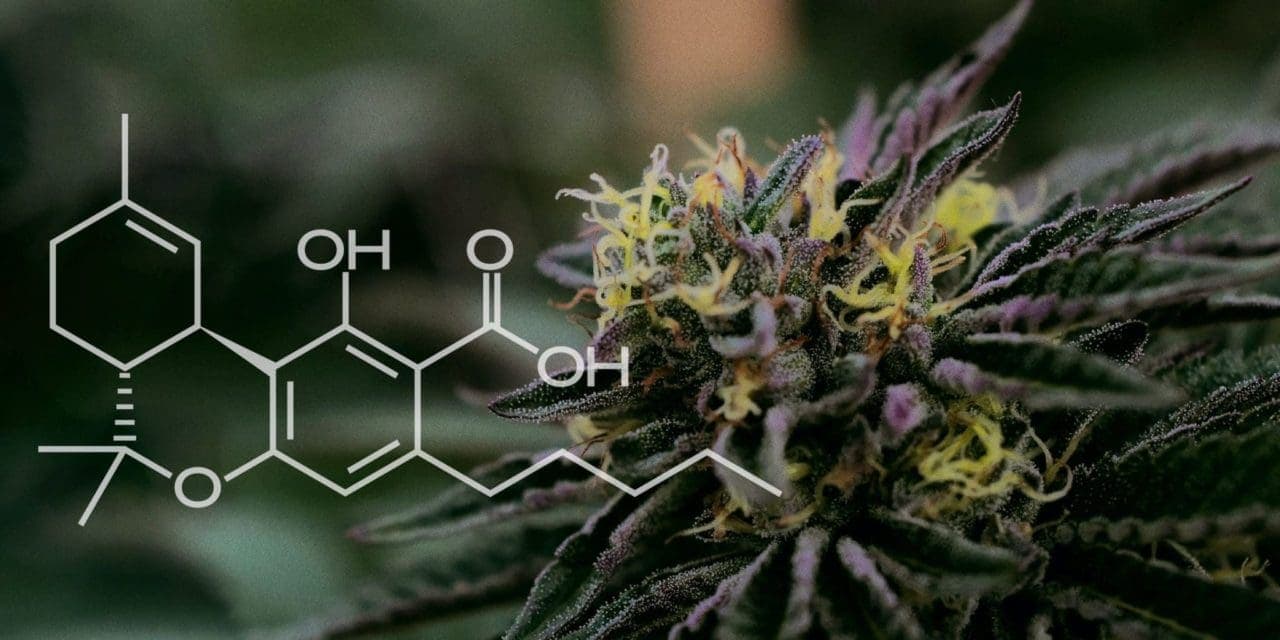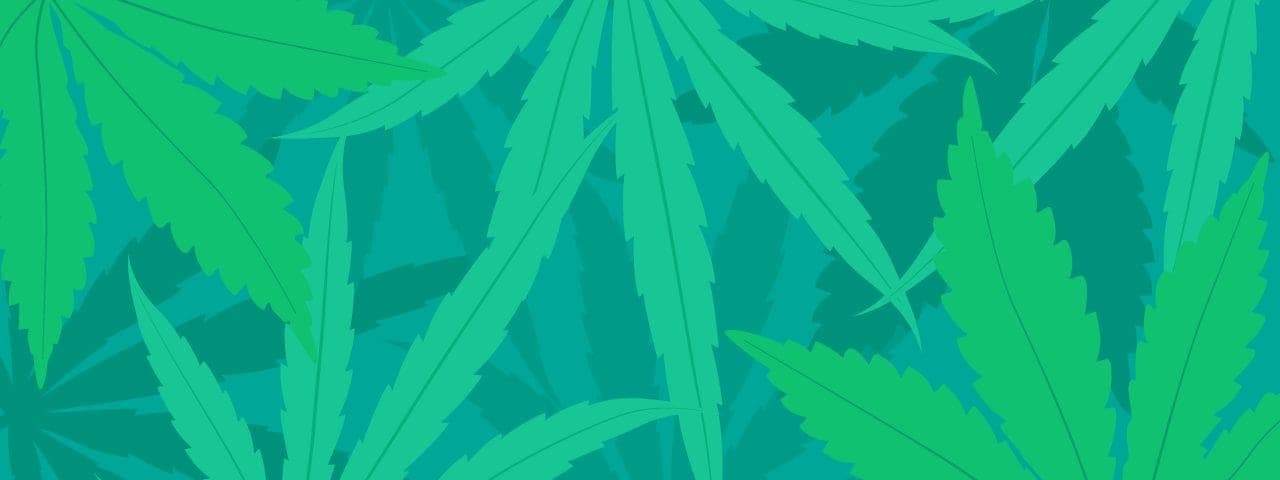What is THCA? Health benefits, uses, risks, and more

Article written by

April AcernoContent Writer
Content reviewed by

Dr. Mitchell L. DoucetteSenior Director of Research
Tetrahydrocannabinolic acid (THCA) is a chemical compound that’s found in raw cannabis flower buds. It’s the precursor cannabinoid to the main psychoactive compound in cannabis known as tetrahydrocannabinol (THC). While THCA isn’t intoxicating, THC is.
THCA products have become popular in recent years, largely because of a legal loophole within the hemp industry. Even though these two chemical compounds are structurally similar, they differ in important ways.
Get your medical marijuana card
What is THCA?

THCA is the raw, non-intoxicating form of THC that’s found in the cannabis plant. It can be consumed raw with THCA tinctures, edibles, or capsules.
Once THCA is heated, it turns into THC. This process is known as decarboxylation.
Cannabis can be decarboxylated through industrial methods to produce cannabis products like gummies or tinctures. Other forms of decarboxylation include:
- Smoking
- Vaporizing
- Dabbing (vaporizing cannabis concentrates at high temperatures)
- Cooking
THCA benefits
In its raw form, THCA may offer potential health benefits that are different from those of THC.
- Promotes brain health: One study found that THCA may help protect brain cells, which could help treat certain neurodegenerative disorders, including Huntington’s disease.
- Prevents obesity: Researchers found that THCA may help address obesity by changing how the body stores fat.
- Balances blood sugar: THCA may help balance insulin and glucose levels in the body, which can be useful for people who have diabetes.
- Reduces inflammation in the digestive tract: Studies show that THCA can help lower inflammation in the intestines, which can be beneficial for people who have inflammatory bowel disease (IBD).
- Has anticancer effects: A mouse study found that lab-made cannabinoids produced from THCA reduced the size of cancerous tumors in the pancreas.
THCA side effects
THCA derived from cannabis is generally considered safe. But products containing THCA aren’t always made using safe methods or ingredients.
Many available THCA products are made from hemp, a type of cannabis plant that produces 0.3% or less of THC.
Unlike cannabis products sold in dispensaries, hemp products are not regulated for safety. This means there’s always a risk that THCA products purchased outside of licensed dispensaries may contain harmful additives or chemical byproducts, which could lead to dangerous side effects.
Differences in THCA vs. THC
THCA and THC have different chemical structures and produce distinct effects.
THCA is not intoxicating, but THC is. THCA may also offer health benefits that are unique from THC.
However, the effects of THC have been studied more than the effects of THCA. More research is needed to understand THCA’s full potential and how its effects differ from those of THC.
Is THCA legal?
Only hemp-derived THCA is federally legal. Hemp is defined as a type of cannabis plant that contains a small amount — up to 0.3% — of THC.
However, hemp-derived THCA is illegal in some states. Check your state’s laws to find out whether or not you can purchase and possess THCA products legally.
Are THCA flower and THCA vapes safe?
THCA flower and THCA vapes are especially popular types of THCA products. That’s because using them requires heating, which decarboxylates THCA into THC. This allows users to experience the intoxicating effects of THC without purchasing a federally illegal product.
Because THCA products are federally legal, they can be sold outside of dispensaries. However, they do not have to follow the same safety standards as the products you can buy in a dispensary.
Ultimately, any cannabis products you use should only be purchased from a licensed dispensary. Otherwise, you may be at risk of side effects caused by undisclosed chemical byproducts or additives.
The bottom line: THCA is the precursor to THC and has different effects
THCA is the raw precursor to THC, the intoxicating compound in cannabis. THCA in its raw form does not produce a high, but it may have health benefits, including anti-inflammatory and brain-protecting effects.
To experience THCA’s potential benefits safely, it’s best to buy from a licensed dispensary.
With a medical cannabis card, you can access safe, regulated THCA products from dispensaries in your area. Leafwell’s telehealth services can help you obtain your medical card quickly and easily.
Get your medical marijuana card
Resources
- Anticancer effect of new cannabinoids derived from tetrahydrocannabinolic acid on PANC-1 and AsPC-1 human pancreas tumor cells. https://pmc.ncbi.nlm.nih.gov/articles/PMC7337241/
- Anti-Inflammatory activity in colon models is derived from Δ9-Tetrahydrocannabinolic Acid that interacts with additional compounds in Cannabis extracts. https://www.liebertpub.com/doi/full/10.1089/can.2017.0027
- Hemp production and the 2018 Farm Bill. https://www.fda.gov/news-events/congressional-testimony/hemp-production-and-2018-farm-bill-07252019
- Tetrahydrocannabinolic acid is a potent PPARy agonist with neuroprotective activity. https://bpspubs.onlinelibrary.wiley.com/doi/full/10.1111/bph.14019
- Tetrahydrocannabinolic acid A (THCA-A) reduces adiposity and prevents metabolic disease caused by diet-induced obesity. sciencedirect.com/science/article/abs/pii/S0006295219303922
Frequently asked questions
Learn more about THCA from answers to common questions.


